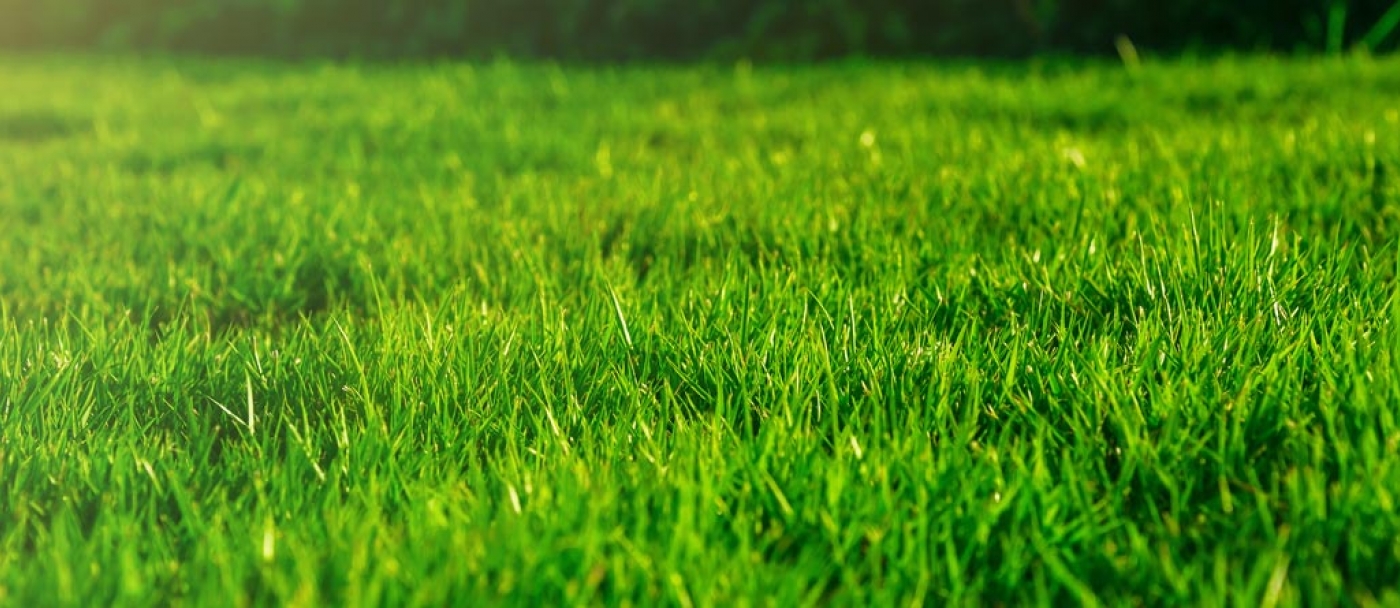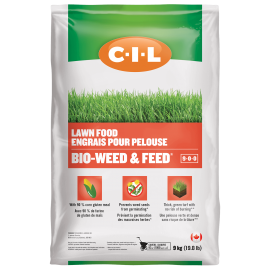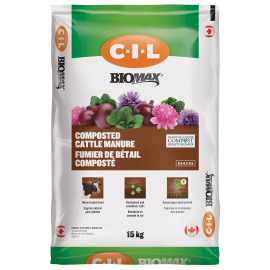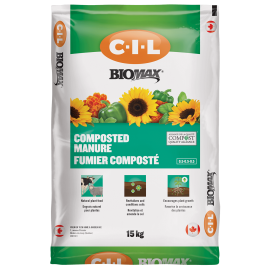Why Aerate/Dethatch Your Lawn?

Should you aerate or dethatch your lawn? There’s no hard and fast rule and the decision to aerate or dethatch (or not) depends on your preferences and the overall health of your lawn.
Some homeowners like to aerate every year, or even twice. Dethatching, on the other hand, can be traumatic to your lawn and should be done only when the layer of thatch is so thick that water, fertilizer, and air can’t get to the roots.
Some experts claim that a healthy lawn that receives proper watering and feeding never needs to be dethatched.
Aerating or Dethatching: What’s the Difference?
Aerating is the process of poking holes and removing plugs from the lawn. The holes loosen compacted soil and allow water, nutrients, and air to reach the roots. There are various ways to aerate, but a motorized aerator is most effective.
Once the lawn is aerated, the plugs are usually left to decompose naturally, thus returning nutrients to the soil. This is a good time to rake some compost or other organic material into the holes.
In northern climates, fall is the best time to aerate. If you think a second aeration is needed, spring is the next best time.

Dethatching, generally done with a motorized dethatcher, uses sharp blades to slice through the turf.
Dethatching isn’t necessary unless thatch reaches a depth of 1.25 cm or more. A thin layer of mulch is actually beneficial to your lawn because it provides cushioning and insulation.
A thick layer, on the other hand, can smother the roots and prevent new grass from sprouting. Thick thatch also creates a dark, moist condition that can also harbor pests and fungal diseases.
Early fall, while grass is still actively growing and before it goes dormant, is the best time to dethatch lawns in Canada.





